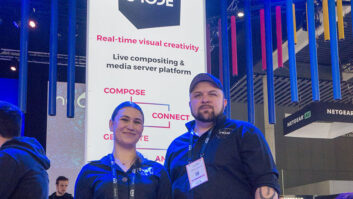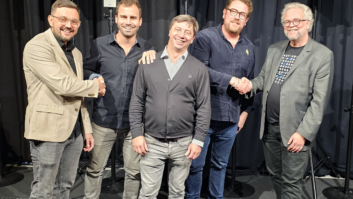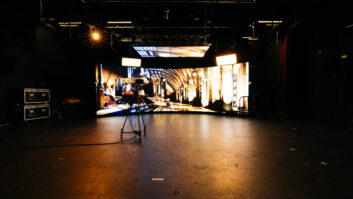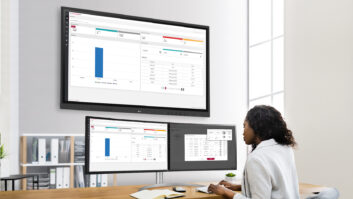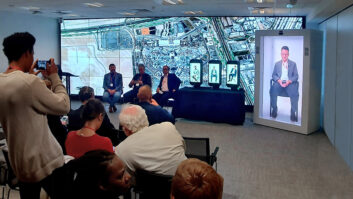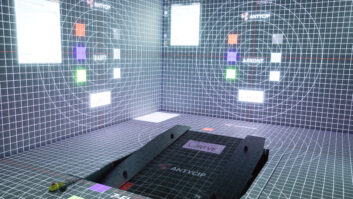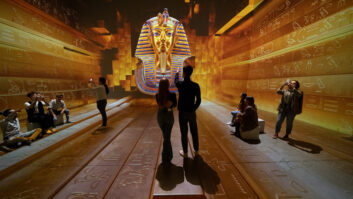Smode Tech has announced a new partnership with a Lyon-based artistic laboratory LABLAB, which is using Smode software to control its experimental video and audio workflows.
LABLAB defines itself as a “digital experimentation factory” (fabrique numérique d’expérimentation) and offers a research and creation space for audiovisual, immersive and interactive experiences. Located in Pôle Pixel, the creative cluster home to innovative businesses in the French city, LABLAB enables exchanges between creators working in film, videogaming and the digital arts.
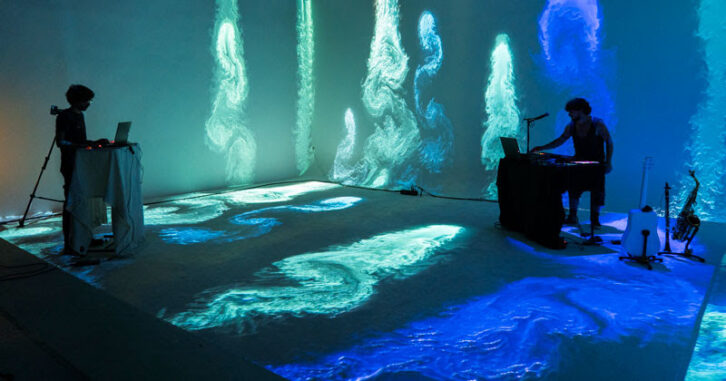 “Smode eats up far less performance than the previous solution, especially in ‘on air’ mode,” said Jonathan Richer, video technical director, LABLAB, and creative director of creative studio Théoriz. “It is also faster to start up and gives us overall gains on our PC. We can now host artistic teams without spending four hours on just the video element. This is especially true for live inputs, which we can redirect more easily into our pixel space.”
“Smode eats up far less performance than the previous solution, especially in ‘on air’ mode,” said Jonathan Richer, video technical director, LABLAB, and creative director of creative studio Théoriz. “It is also faster to start up and gives us overall gains on our PC. We can now host artistic teams without spending four hours on just the video element. This is especially true for live inputs, which we can redirect more easily into our pixel space.”
The city of Lyon is home to some of France’s most exciting art events, including the Festival of Lights, the Nuits Sonores, and the Lumière cinema festival. LABLAB has welcomed more than a dozen creative teams in the past year with diverse needs and Smode is primarily used with the hub’s immersive sound system, supporting dance projects, theatre shows and interactive installations.
The Smode real-time compositing and media server solution supports audio-reactive content, with every parameter able to be linked to an audio channel, Richer says. He also points to Smode’s easy-to-use UI and integration with VIOSO as key elements to LABLAB’s migration to the system.
“As soon as you need to manage streams, it’s much simpler. And the ability to import an external mapping calibration file – in our case VIOSO, with whom we also have a partnership – is extremely important,” Richer added.
